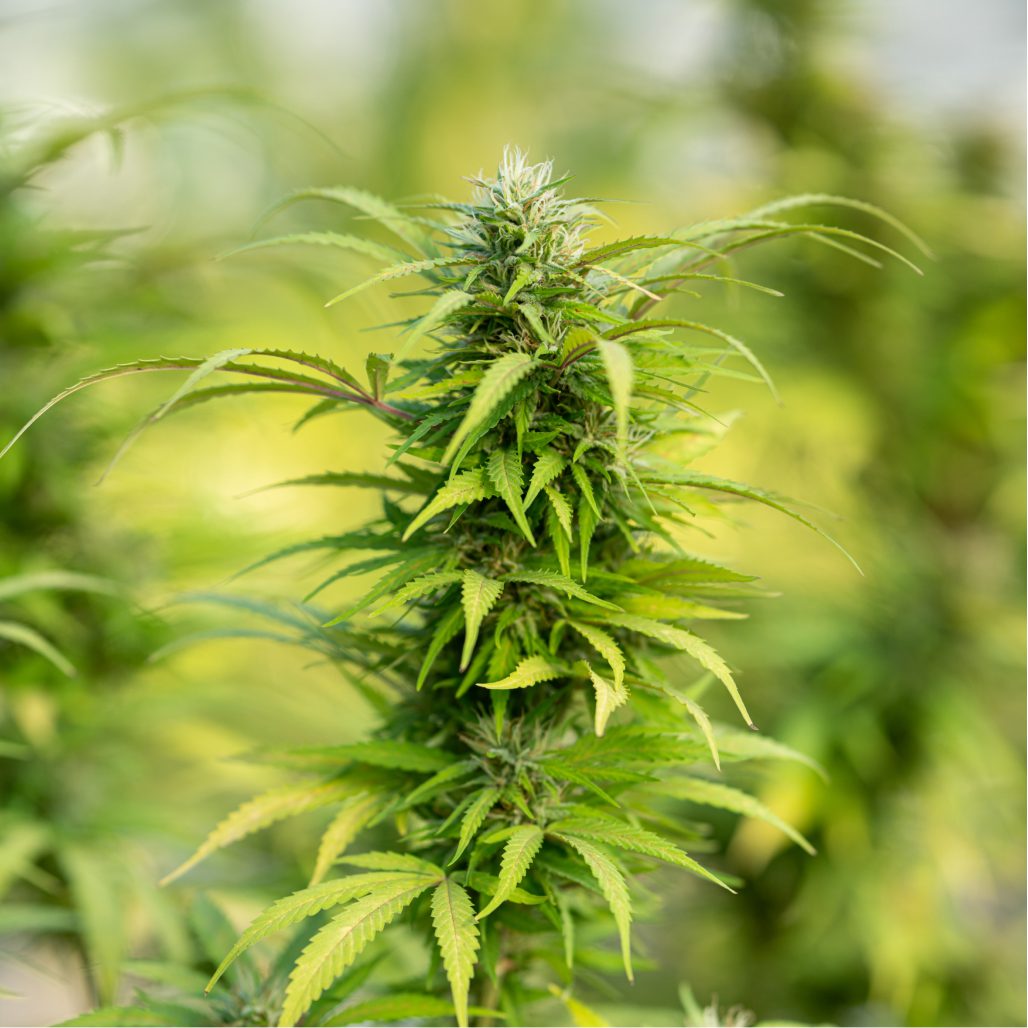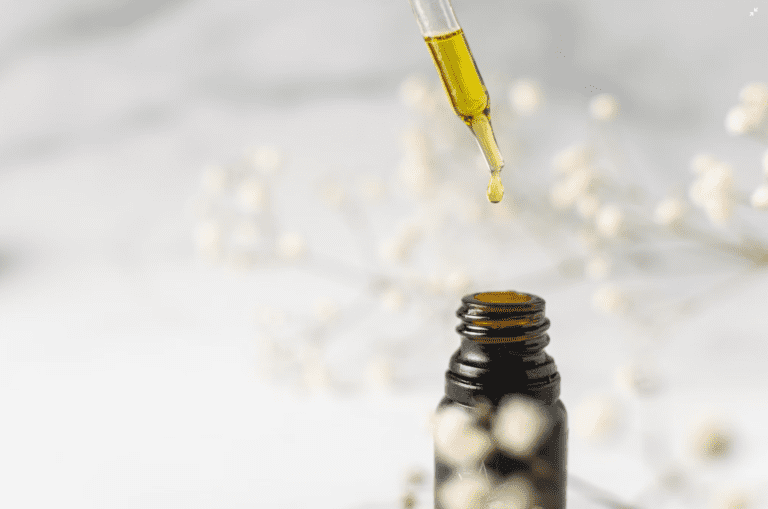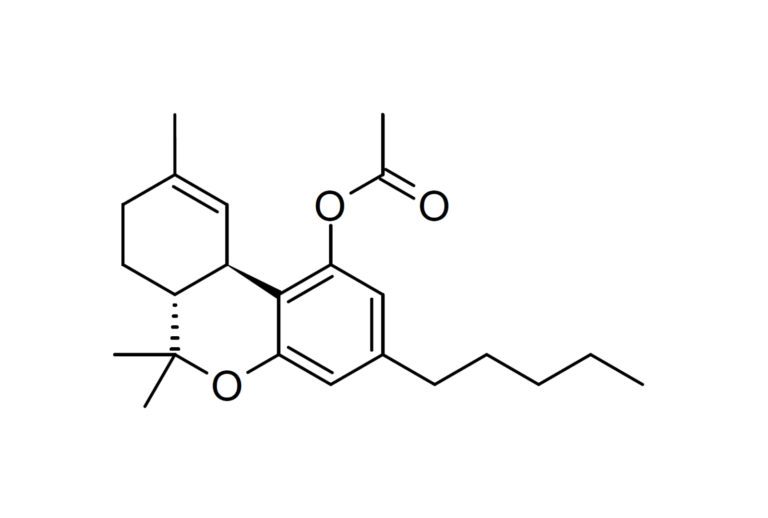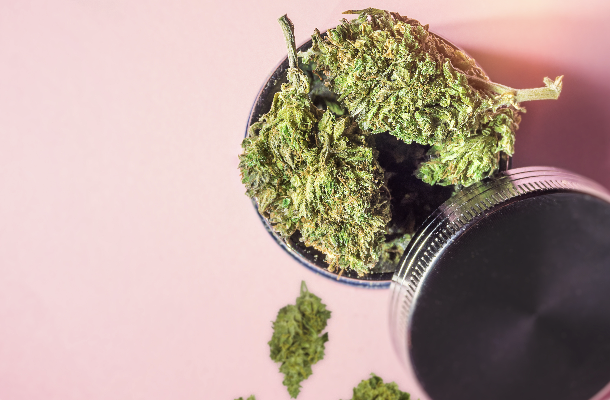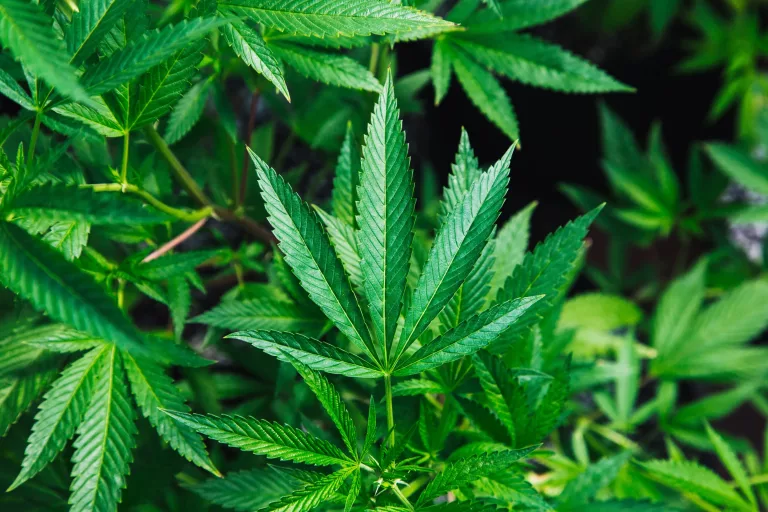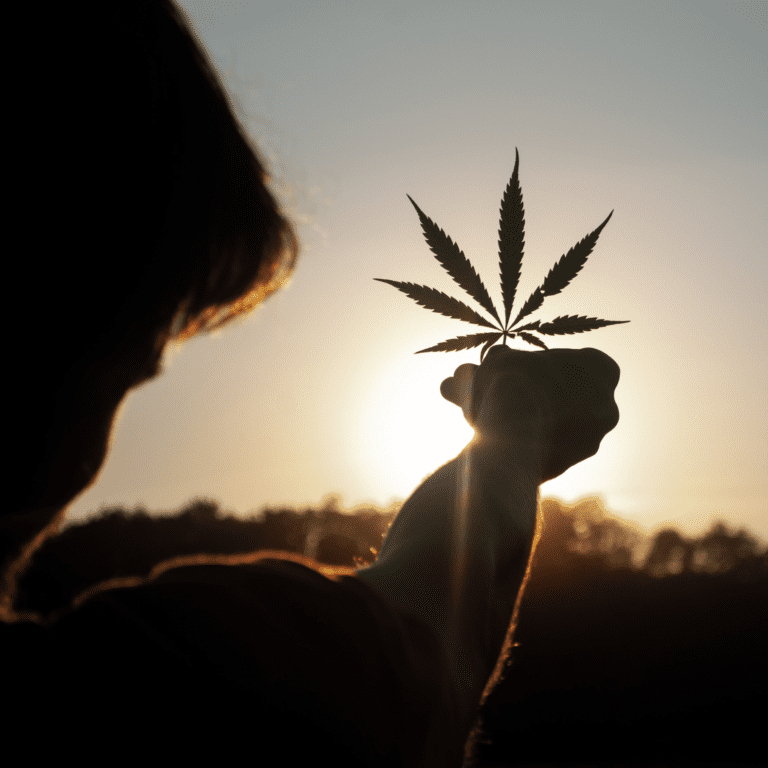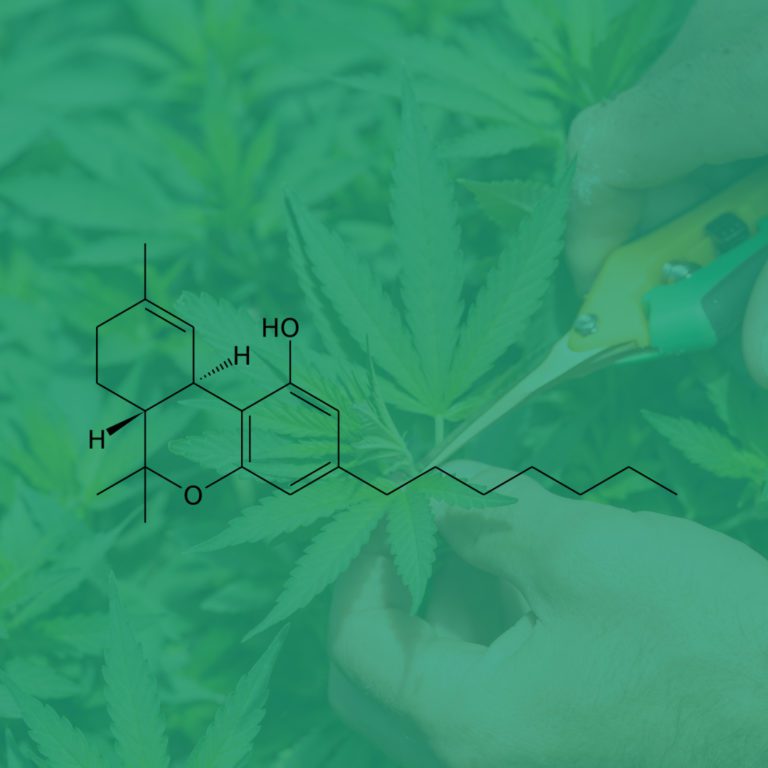Top 15 Cannabinoids and their benefits
A cannabinoid is a chemical compound that is found in the cannabis plant. Cannabinoids interact with the body’s endocannabinoid system, which plays a role in regulating a variety of physiological processes, including pain, inflammation, mood, and appetite.
There are more than 100 different cannabinoids found in cannabis, and each of these compounds can produce a range of effects. The most well-known cannabinoid is tetrahydrocannabinol (THC), which is responsible for the psychoactive effects of cannabis. Another well-known cannabinoid is cannabidiol (CBD), which is non-psychoactive and is believed to have a wide range of potential therapeutic effects.
Cannabinoids are thought to have a number of potential therapeutic benefits, and research is ongoing to better understand their effects and potential uses. Some studies have suggested that cannabinoids may have anti-inflammatory and pain-relieving effects, and they may also be useful in the treatment of anxiety, epilepsy, and other conditions. However, more research is needed to fully understand the therapeutic potential of cannabinoids
Here is a list of the top 15 cannabinoids found in cannabis, along with a brief description of each:
- Tetrahydrocannabinol (THC): This is the most well-known cannabinoid and is responsible for the psychoactive effects of cannabis. THC is believed to be responsible for the “high” that many people experience when using cannabis.
- Tetrahydrocannabinolic acid (THCA) is a cannabinoid found in raw or live cannabis plants. It is the precursor to tetrahydrocannabinol (THC), which is the psychoactive cannabinoid that is responsible for the “high” associated with cannabis use. THCA has a number of potential therapeutic effects, including reducing inflammation, relieving pain, and improving sleep. THCA is converted to THC through a process called decarboxylation, which occurs when the plant is exposed to heat.
- Cannabidiol (CBD): This cannabinoid is non-psychoactive and is believed to have a wide range of potential therapeutic effects, including reducing anxiety and inflammation.
- Cannabigerol (CBG): This cannabinoid is non-psychoactive and is thought to have potential therapeutic effects, including reducing inflammation and improving mood.
- Cannabichromene (CBC): This cannabinoid is non-psychoactive and is thought to have potential therapeutic effects, including reducing inflammation and pain.
- Tetrahydrocannabivarin (THCV): This cannabinoid is thought to have potential therapeutic effects, including reducing anxiety and improving mood.
- Cannabidivarin (CBDV): This cannabinoid is non-psychoactive and is thought to have potential therapeutic effects, including reducing seizures and improving mood.
- Cannabinol (CBN): This cannabinoid is believed to have potential therapeutic effects, including reducing anxiety and improving sleep.
- Cannabicyclol (CBL): This cannabinoid is thought to have potential therapeutic effects, including reducing inflammation.
- Cannabielsoin (CBE): This cannabinoid is thought to have potential therapeutic effects, including reducing inflammation and pain.
- Cannabitriol (CBT): This cannabinoid is thought to have potential therapeutic effects, including reducing inflammation and improving mood.
- Cannabivarin (CBV): This cannabinoid is thought to have potential therapeutic effects, including reducing anxiety and improving mood.
- Cannabigerolic acid (CBGA): This cannabinoid is thought to have potential therapeutic effects, including reducing inflammation and pain.
- Cannabichromenic acid (CBCA): This cannabinoid is thought to have potential therapeutic effects, including reducing inflammation and pain.
- Tetrahydrocannabivarinic acid (THCVA): This cannabinoid is thought to have potential therapeutic effects, including reducing anxiety and improving mood.
- (bonus) Cannabidivarinic acid (CBDVA): This cannabinoid is non-psychoactive and is thought to have potential therapeutic effects, including reducing seizures and improving mood.
